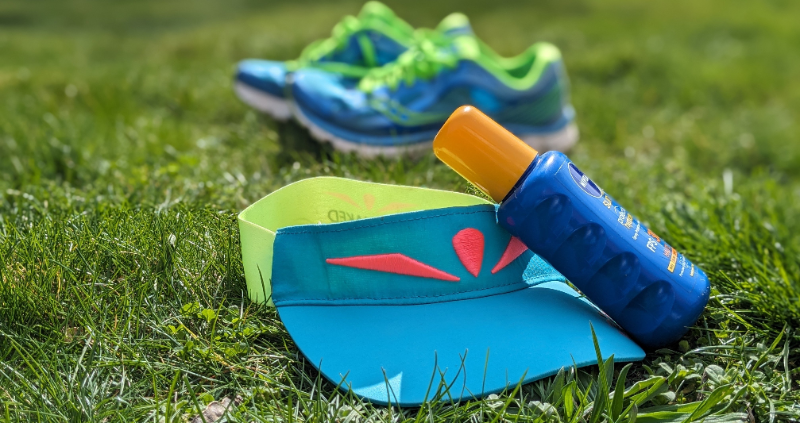Relationship between MAF pace and first threshold
by Rory
(NY USA)
Is there a clear relationship between MAF pace and the 1st threshold on a VO2max test? I've taken some V02max tests through the years, and my most recent one (4 years ago) found my first threshold at ~132, second threshold (RCT) at ~154, and max HR at 162. This was down from 143/167/178 in a test from 15 years earlier (I used to use that 143 when I did MAF tests in the 1990s, got down to 6:28 pace for 3 miles - wish I could do that now!). Even assuming my first threshold has dropped 3-4 beats since the test, it is still 128-129. As someone about to turn 67, the MAF formula would have me train under (180-67 = ) 113 HR, i.e. 103-113 vs the first threshold on treadmill test -> 118-128. Those are really dramatically different intensities. I have a low resting heart rate, and can still run at 103-113, but just wondering: if MAF pace and (pace at) first threshold should be identical, am I an outlier and should use the actual test results, rather than the general 180 - age formula? Thanks!
Nicole's reply:
Hi Rory, I've never done a VO2 max test but what I do know though is that your MAF HR should correlate with your Fatmax i.e. the point at which you are burning the most calories from fat. It is also often referred to as your aerobic threshold (AerT).
If you use the 180 MAF formula, as you are over the age of 65, you might be able to add up to 10 beats to your max MAF heart rate which will then take you very close to your lab testing results. This would mean that your testing results of 118-128 would be almost in line with your MAF HR.
As I see it, the MAF HR formula is a great starting point for those who are unable to get lab testing. If you are able to go down the route of getting lab VO2max tests done then that is a real bonus but it is important to do them regularly in order to assess progress. Some suggest every 3-4 months.
Phil Maffetone wrote an article which you might find useful: White Paper: MAF Exercise Heart Rate – How it can help improve health and sports performance
I hope that helps.
